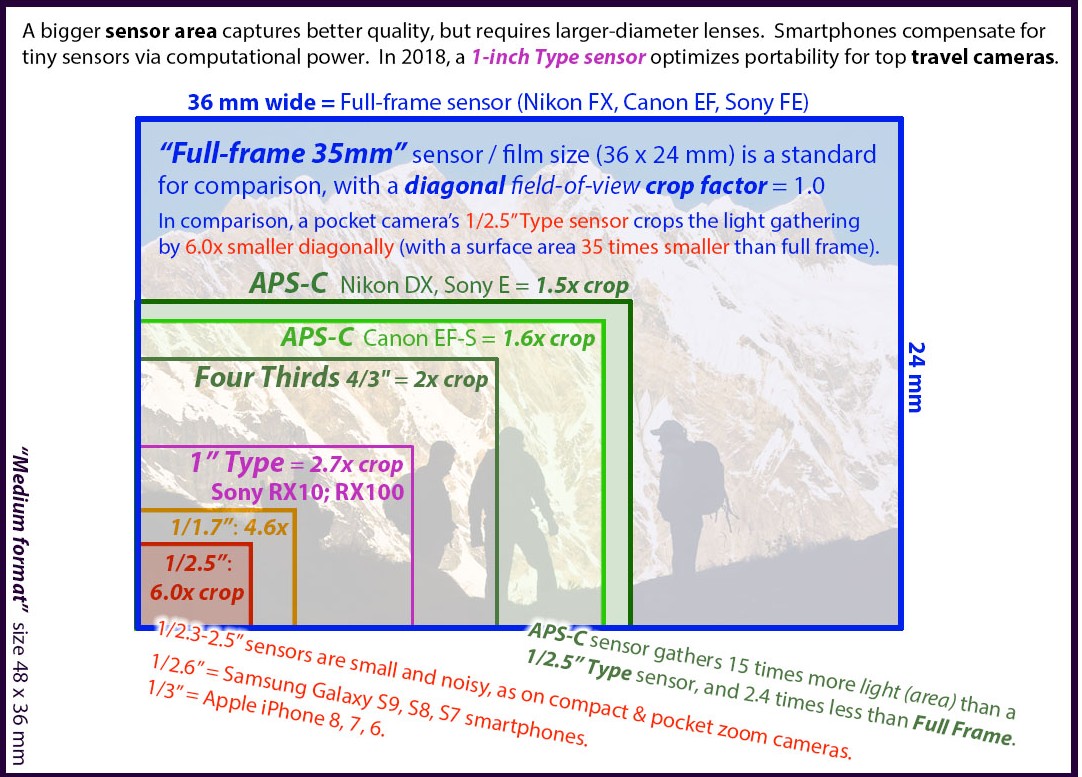
Image credit: Pixabay.
I've been following mobile tech reviews for over seven years now. And although I have loved smartphones way before then; I've noticed something quite alarming indeed.
Modern smartphone cameras are true feats of engineering. If you sit down and think about it from a purely physics standpoint, they should be damned near impossible to get images that good. And that, people, is part of the problem.
You see, by nature modern smartphone cameras are tiny. Even the best camera phone on the market, the vivo X100 Ultra, has a "1-inch" Type-0.98 LYT-900, which is the biggest sensor you can find on any smartphone on the planet. Compared to a "humble" Micro Four Thirds DSLR, the sensor is almost 1.5 times the effective sensor area, to say nothing of APS-C sensors, which are even bigger.
Of course, it would be crazy to expect putting even a 4/3 sensor on a smartphone, although that has been done before. This is why modern smartphones use a combination of tricks to get the most of their poor camera hardware, and one key factor is computational photography.

Image credit: Photoseek.com
To get around the limitations of size and weight, modern smartphones combine multiple lenses at different focal lengths This, in conjunction with advanced computational photography techniques like exposure bracketing, oversampling and multi-exposure fusion, as well as a dramatic increase in the capabilities of mobile camera sensors; has led to a drastic improvement in low-light quality.
This explains why there was a great jump in image quality, especially in low light, from the Apple iPhone X to the Apple iPhone 11 Pro. But this hasn't come without some significant detriments.
As an example, take an iPhone 14 Pro Max and an iPhone X and compare the images using a PC. Most people would immediately choose the iPhone 14 Pros as better, but I disagree.
First things first, most smartphone photos nowadays are seriously overprocessed. If you pixel-peep, you will see over sharpening halos and artifacts, especially with fine detail like grasses and tree leaves. This is because many smartphone manufacturers seem to think that sharper and more processed images are better. Which, of course, is not true.
Worse than that, the trend in modern smartphone cameras are using artificial intelligence to fill in missing details. Basically, it's just generative AI adding fake detail.that isn't actually there. This is why when you pixel-peep, you start seeing weird watercolour effects in the images.

You can see in this image, taken using an iPhone 14 Pro, how bad my friend's skin tone looks here. In reality he's lighter than that.
Ultimately, the quest for improved image quality must continue. However, I believe smartphone camera designers are approaching this dilemma from the wrong perspective. It is little wonder that the smartphones with the best image quality always have bigger camera sensors than the competition.
So, in a nutshell, manufacturers should stop relying heavily on software. It makes photos look artificial and takes may of the things that make photography special.
On a final note, it's obvious that most people just want an already edited photo straight from their camera. That may be good enough for most people, but certainly not for those who have seen what DSLRs can do, it's certainly underwhelming.